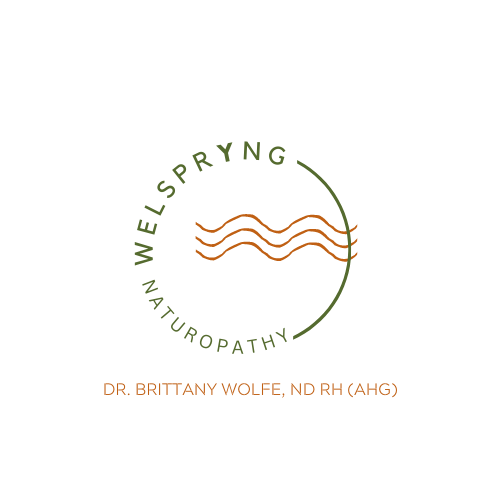drink your medicine: 4 nutrient-rich herbs
It may be a rather controversial thing to say however I admit it: I rarely prescribe multivitamins. However, this doesn’t mean that I am laissez-faire about nutrients and the body having all that it needs to run smoothly. Instead, I prefer to take a food-forward approach and lean into nature because – regardless of whether or not we want to admit it – nature is so much better at creating highly absorbable nutrient-rich options. If I am not recommending liver capsules and/or a greens powder for those who struggle to get in enough veggies in the day than I am touting some of my favourite nutrient-rich herbs.
These herbs are known as nutritives – a nod to only one of their main purposes: Fueling the body and all of its marvelous processes. Naturally, all of these herbs also have secondary actions that vary from gentle hormone support, nervous system regulation and uterine tonification. Despite their many actions in the body, they are generally safe for all folks. However, it is always best to speak with your healthcare provider!
Meet the Medicine:
Avena sativa (oats) – One of the most gentle yet potent herbs that we have and lucky for us, it grows local! There are two main components to this herb: The milky oat top and the straw. The oat tops are best used in tincture to soothe anxiety. However, oat straw is a great herb to infuse into water. With a fairly mild taste, it makes getting your nutrients incredibly easy.
Equisetum arvense (horsetail) – If you are familiar with this herb, there’s a slight chance you may dislike it. I say this because it will take over land rampantly and without mercy. Most seasoned land owners give up on plucking this herb and instead trample it down to offer a potent dose of minerals to their soil. Just as it can nourish depleted soil, it can nourish us too. It is particularly rich in silica and is traditionally used to strengthen all connective tissues.
Rubus idaeus (red raspberry) – Although this herb is most known for its ability to support a smooth labour and delivery experience and expedite recovery after the fact, it is a source of iron, magnesium, calcium and selenium. A nice little bonus is that it is also high in vitamin C aiding the absorption of iron in the body.
Although the first two herbs are quite subtle in flavour profile, red raspberry is pungent. It pairs well with our next herb: Nettle.
Urtica dioica (stinging nettle) – I will admit my bias right off the hop: This might be my most favourite herb. It is always the first one that comes to mind when someone asks about a multivitamin. It is jam-packed with nutrients and has many secondary actions ranging from prostate health to allergy control. It tastes earthy and mixes well with lemon.
Although experimenting with one herb at a time can be a great way to learn more about that particular herb’s magic, I am usually blending the above for a full profile of flavour and nutrients. Think of it like a well-rounded diet: We want to eat a good variety of foods to get the most nutrients that we can. The same goes with herbs; we can rotate seasonally, based on the body’s needs or based on what you have the most available in your own backyard.
As is always the case with botanical medicine, the world is your oyster! If you dislike tea, you can always use dried herbs and mix with mineral salt (to get even MORE nutrients!) or infuse in vinegar to use as a salad dressing. If you want to jazz up your tea, play around with adding fruit or other culinary herbs. May 2024 be the year that you get acquainted with herbs in the kitchen!
